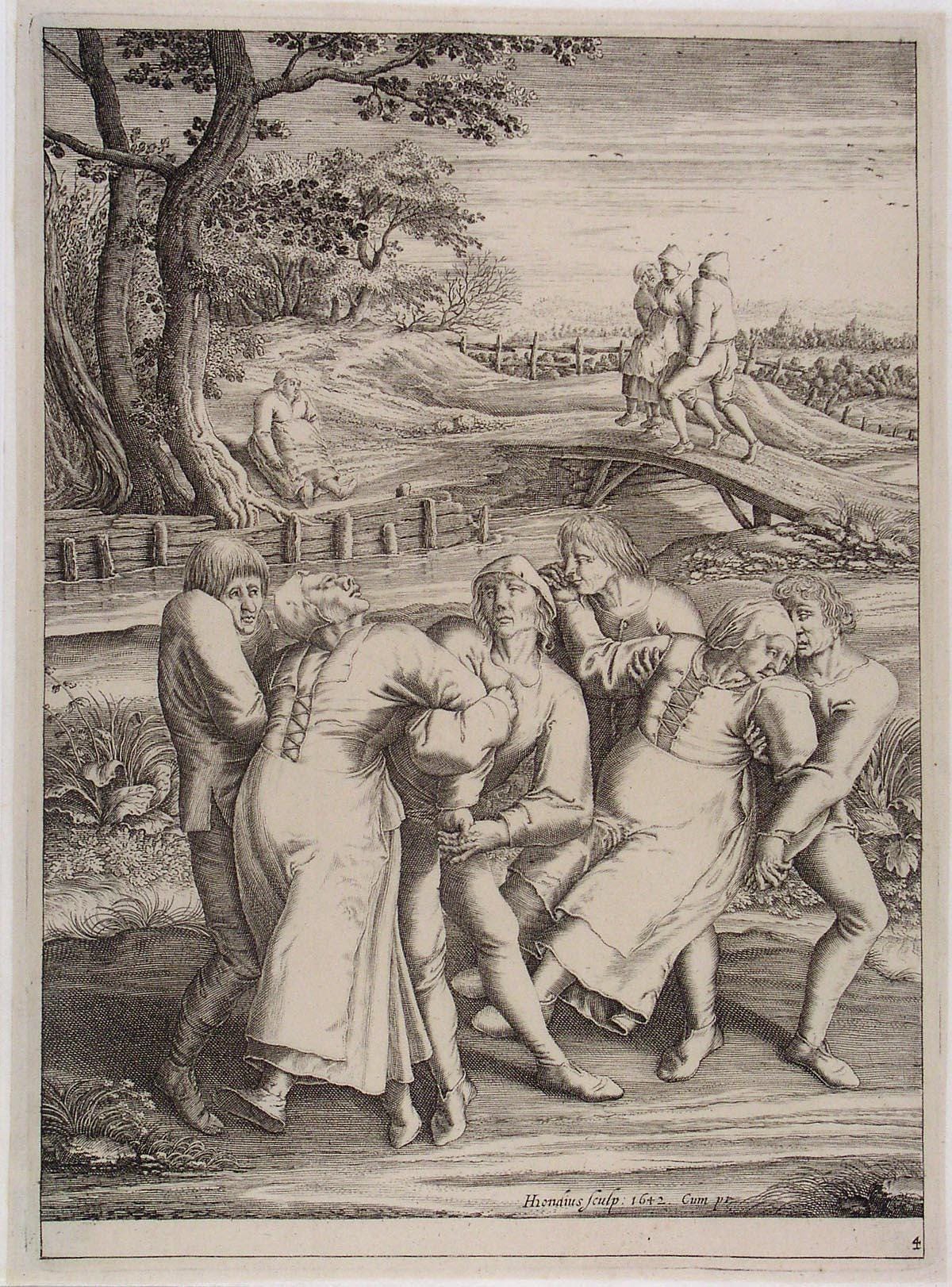The Dancing Plague of 1518
The Plague That Made People Dance to their Deaths

You might find it hard to believe, but this is what happened in the small city of Strasbourg in 1518; people danced themselves to death in what’s known as the Dancing Plague of 1518.
How Did It Start?
It all started with a woman named Lady Troffea(or Frau Troffea)kicking off her break-a-leg dancing in a busy street of Strasbourg (then Holy Roman Empire, today Modern France)in July 1518. Seeing her energy, onlookers started clapping and cheering at her high spirits.
But the Lady Troffea dance-a-thon was not a case of euphoria, as it soon became apparent. The woman twisted, twirled, and gyrated for six days straight(stopped in the evening and continued again in the morning). Thirty-four locals joined the “party” within a week.
Physicians, who had no clue, suggested the people be allowed to dance away the “hot blood”(fever). The city council took this advice- had a stage constructed, organized a band to play for the dancers, and even hired go-go dancers to help them pick the right dance moves.
By the end of August, the street resembled the venue of a modern-day music festival with a frenzied crowd of people dancing and collapsing from sheer exhaustion or simply falling dead from a heart stroke. Allegedly, 15 people a day died from the non-stop dancing during the height of the epidemic.

The dancing mania continued till September 1518.
The city council finally ordered the afflicted be taken to the shrine of Saint Vitus because a church legend suggested the Saint’s fury could send down a curse of compulsive dancing.
At the shrine, the afflicted went through a series of rituals to appease the Saint. Surprisingly, the treatment worked in some cases, with people getting better and going home.
How True is the Story?
Historian John Waller, author of the book, “A Time to Dance, A Time to Die: The Extraordinary Story of the Dancing Plague of 1518 (2008)” explained historical records “are unambiguous on the fact that (victims) danced.”
“These people were not just trembling, shaking or convulsing; although they were entranced, their arms and legs were moving as if they were purposefully dancing,” he said.

An eyewitness, German antiquarian Johann Schilter (1632–1705), described people dancing in streets, alleys, and public markets; day and night without eating anything.
An astrological chronicle for Strasbourg published in 1636 by Goldmeyer mentions people “fell down unconscious and succumbed to death.”
There is no doubt that the dancing plague was real.
Possible Reasons Given By Today’s Experts
Ergot Poisoning: Ergot is a fungus that grows on rye and related plants. It has psychoactive chemical products which can cause severe hallucinations and spasms. Rye bread was a common food item in those times. There were suggestions that ergot poisoning could be the reason for the plague dance of 1518. But this theory was discarded after John Waller argued in a science journal that “this theory does not seem tenable, since it is unlikely that those poisoned by ergot could have danced for days at a time.”
Mass Hysteria: Many experts argue the dancing plague to be a case of mass hysteria. Mass hysteria means collections of populations exhibiting the same behavior, often bizarre, for unknown or unexplainable reasons.
Ivan Crozier, a lecturer in the Science Studies Unit at Edinburgh University, supports this theory. Lady Troffea(the first dancer), he believes, was a victim of ergot poisoning. Her dance frenzy had an effect of mass hysteria, and others subsequently joined in.
Mass hysteria outbreaks occur in populations with elevated levels of psychological stress.
John Waller theorizes that disease, starvation, and the superstitious beliefs of the people of Strasbourg could’ve induced a stress-related psychosis which became the Dancing Plague of 1518.
Sources :

Comments
Post a Comment
Thanks for your comment!!